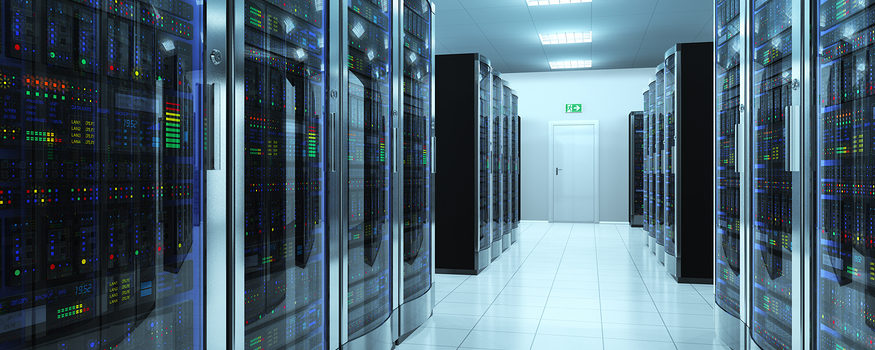SSD performance has increased dramatically in the last decade, from 30 megabytes per second (MB/s) in 2007, to as much as 2,500 MB/s today with SSDs like the Samsung PM863a. Speeds have increased so much that the networking technologies used to connect storage to servers has been unable to keep up — even 100 gigabit per second Ethernet (100 Gbps Ethernet) can be saturated by a large all-flash array. This is one of the reasons for hyper-converged systems — with a single chassis holding servers, storage and networking devices, the backplane used to connect the three types of devices can sustain the throughput, input/output speeds and low latency necessary to make full use of all the components.
There are many vendors offering systems they call hyper-converged, and what those systems contain will vary widely from one manufacturer to another. Some are storage-focused, some compute-focused, and some focused on a specific application like high-performance computing, databases or server virtualization. While the earliest systems were built on commodity hardware, many of the latest generation, such as the Cisco HyperFlex, are flash-optimized, meaning they’re designed from the start for SSD performance and requirements, rather than adapting systems originally designed for hard drives.
Discover the Cost Benefits of SSDs
Read this white paper to learn about the total cost of ownership advantages of SSDs. Download Now
Increased Performance and Setup Time
One selling point of hyper-converged systems is simplicity — rather than buying servers from one company, storage from another, network switches from another, and operating system and applications software from still others, you can simply buy one big box with everything installed, pre-configured and ready to go. This has the potential to save dozens to hundreds of man-hours of setup time.
One early attempt to create a standard for hyper-converged systems was the EVO:RACK and EVO:RAIL software from VMware. Now called VxRack and VxRail, the software includes autodiscovery of hardware from partner hardware vendors, management utilities and vSAN support, among others. The product was developed with EMC and makes for a quick setup and streamlined management in an environment with a lot of integration with VMware.
Other vendors such as Nutanix Enterprise Cloud and HP Enterprise (HPE) have their own versions of the integrated hardware and software without tying a buyer down to a specific operating system or hypervisor. These systems may require more time to set up and configure, since there are more options, but they also provide more flexibility in how a system can be configured to meet the various needs of a data center.
For some types of applications, hyper-converged systems can improve performance and provide ease of management at the same time, but there are also cases where they will not help. To gain the maximum benefit, the hyper-converged system must be all in one box; connecting multiple boxes simply re-introduces the bottlenecks the system is designed to remove. So, an overall system that won’t fit into a chassis, or that requires more compute nodes, total storage, or network ports than will fit into the box, will not work.
For the systems that will fit, however, a hyper-converged system offers a lot of performance, as well as simplified administration and automated tools for deploying and managing systems.
Find the best storage solutions for your business by checking out our award-winning selection of SSDs for the enterprise.








